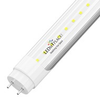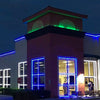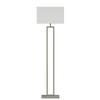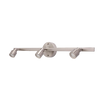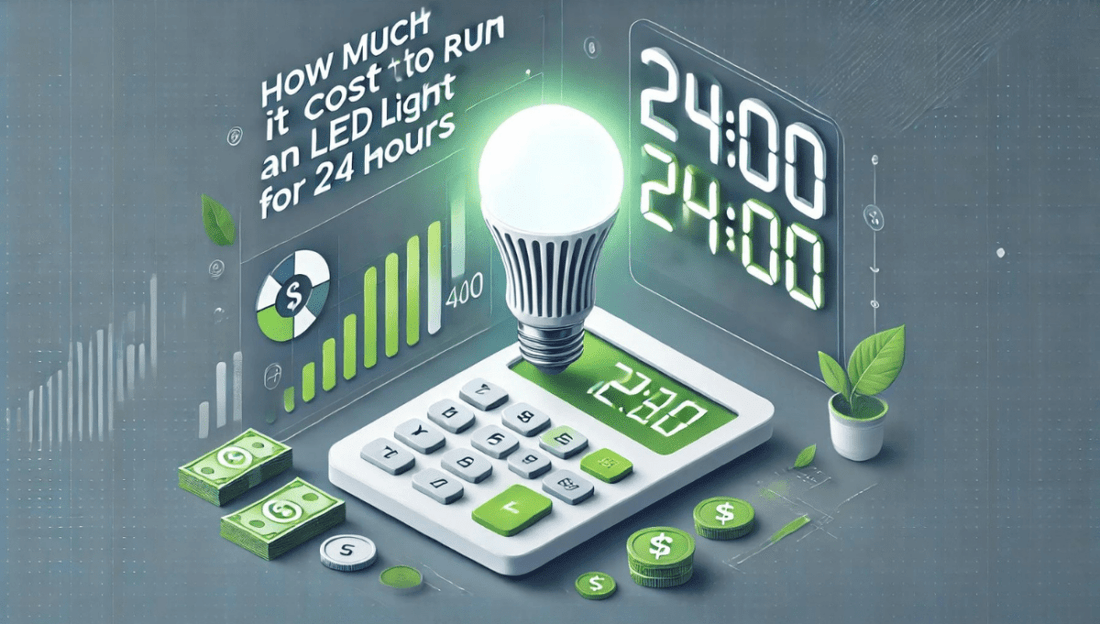LED lights are well-known for their energy efficiency, but how much does it actually cost to keep them on for a full 24 hours? Whether you're using LED lights at home, in an office, or for commercial purposes, understanding their energy consumption can help you save on electricity bills. In this article, we’ll break down the costs and benefits of using LED lights.
Understanding LED Lights and Energy Efficiency
LED lights (Light Emitting Diodes) have rapidly become the go-to option for energy-conscious consumers. Compared to traditional incandescent bulbs, LED lights use up to 75% less energy and last significantly longer. Their low power consumption is one of the main reasons why they’re considered the future of lighting.
Calculating the Cost to Run an LED Light for 24 Hours
To figure out how much it costs to run an LED light for 24 hours, you need to consider the following factors:
- Wattage of the LED bulb: Most LED bulbs range from 5 to 20 watts.
- Electricity rate: The cost per kilowatt-hour (kWh) depends on your local energy provider. On average, this can range between $0.10 and $0.20 per kWh in the US.
- Number of hours: In this case, it’s 24 hours.
Let’s say you have a 10-watt LED bulb, and your electricity cost is $0.15 per kWh. Here’s the formula to calculate the cost:
Cost = (Wattage × Hours Used ÷ 1000) × Electricity Rate
For a 10-watt LED light running for 24 hours: Cost = (10W × 24 hours ÷ 1000) × $0.15 = $0.036
That’s just 3.6 cents per day to run a 10-watt LED light continuously.
How LED Lights Help Reduce Costs
Here are some additional reasons why LED lights can save you money:
- Longer lifespan: LEDs last much longer than traditional bulbs, reducing the need for frequent replacements.
- Less heat emission: LED lights convert more energy into light rather than heat, making them more efficient.
- Dimmable options: Many LED bulbs come with dimming features, allowing you to adjust brightness and save energy.
Comparing LED Lights to Other Bulb Types
Here’s a quick comparison of how much it would cost to run different types of bulbs for 24 hours:
| Bulb Type | Wattage (Typical) | Cost for 24 Hours (at $0.15/kWh) |
|---|---|---|
| Incandescent Bulb | 60W | $0.22 |
| CFL Bulb | 15W | $0.054 |
| LED Bulb | 10W | $0.036 |
Clearly, LED lights are the most cost-effective option, especially when used for long periods.
Conclusion: Cost-Effective and Energy Efficient
Running an LED light for 24 hours is remarkably inexpensive, costing as little as a few cents depending on the wattage and electricity rate. With their energy efficiency, long lifespan, and reduced environmental impact, LED lights are the best choice for those looking to cut down on energy costs while also being eco-friendly.
Make the switch to LED lights today and start saving!







